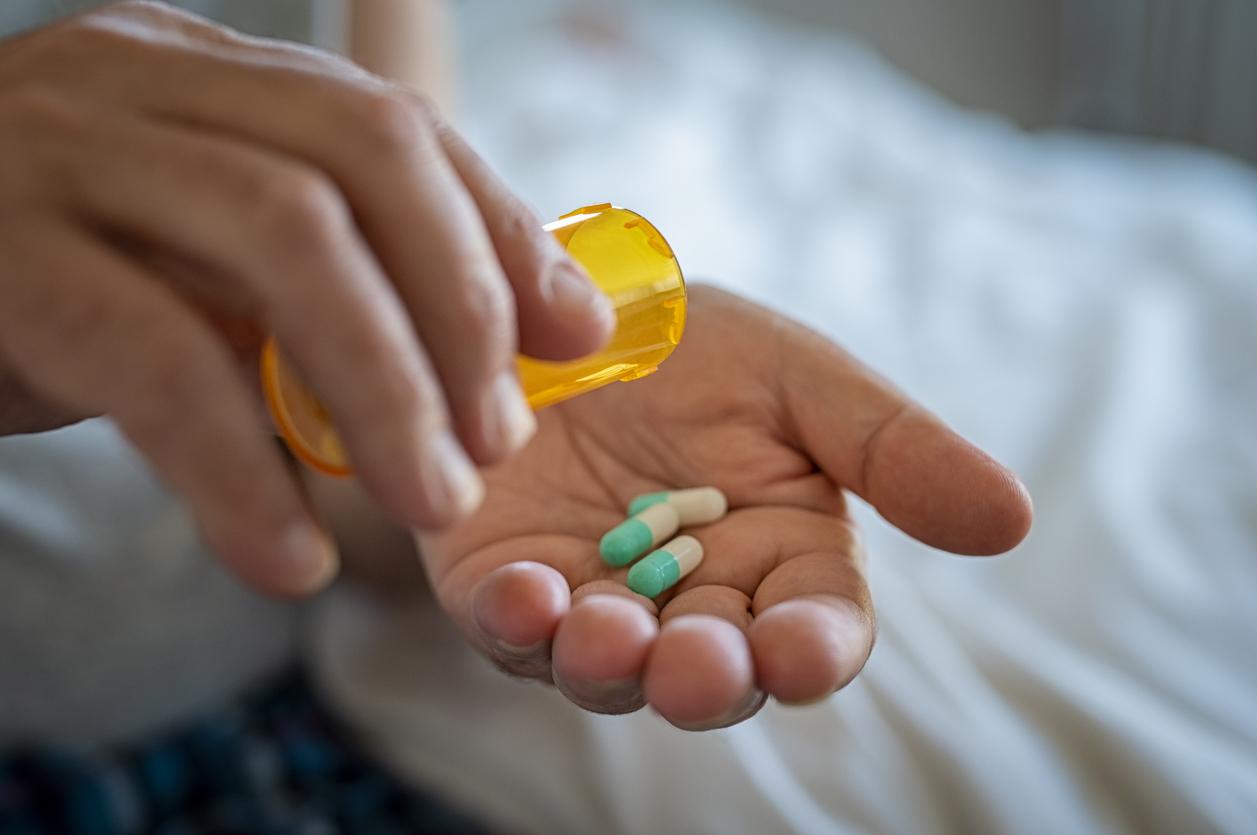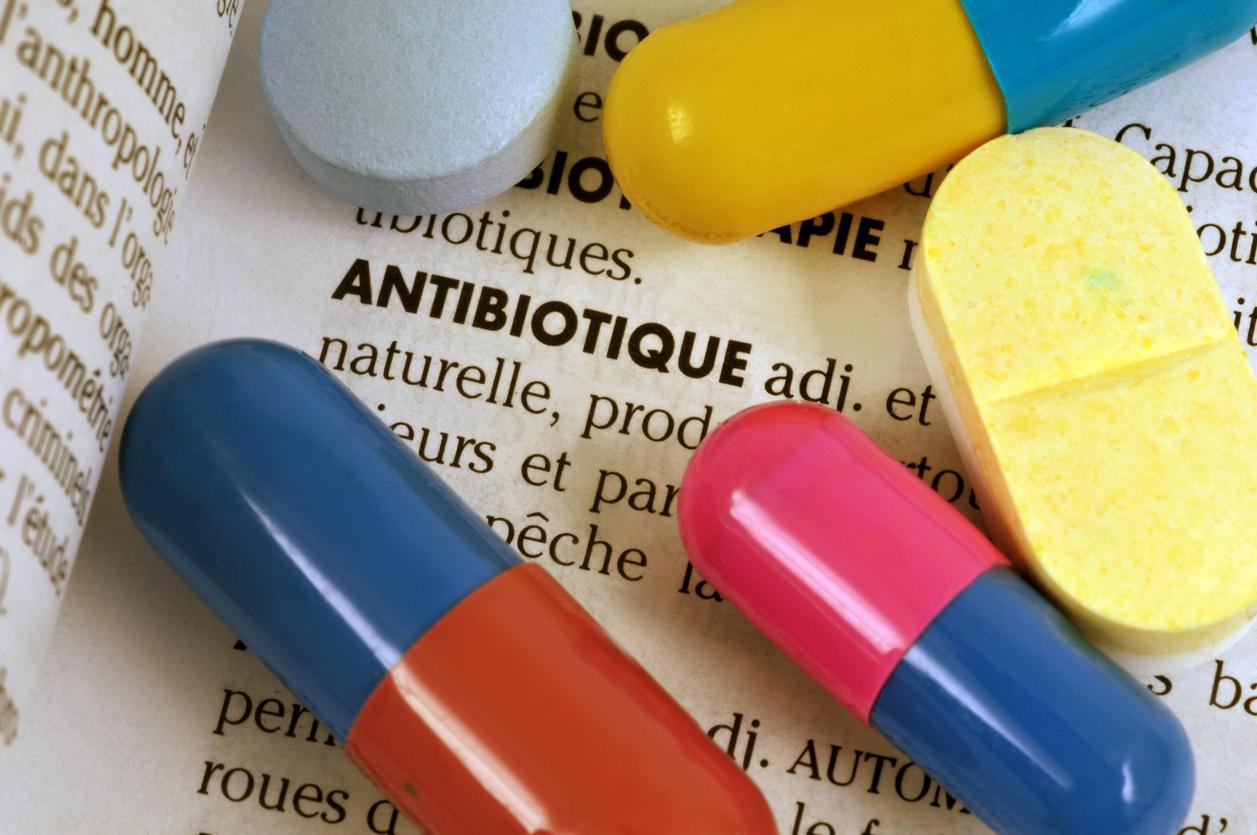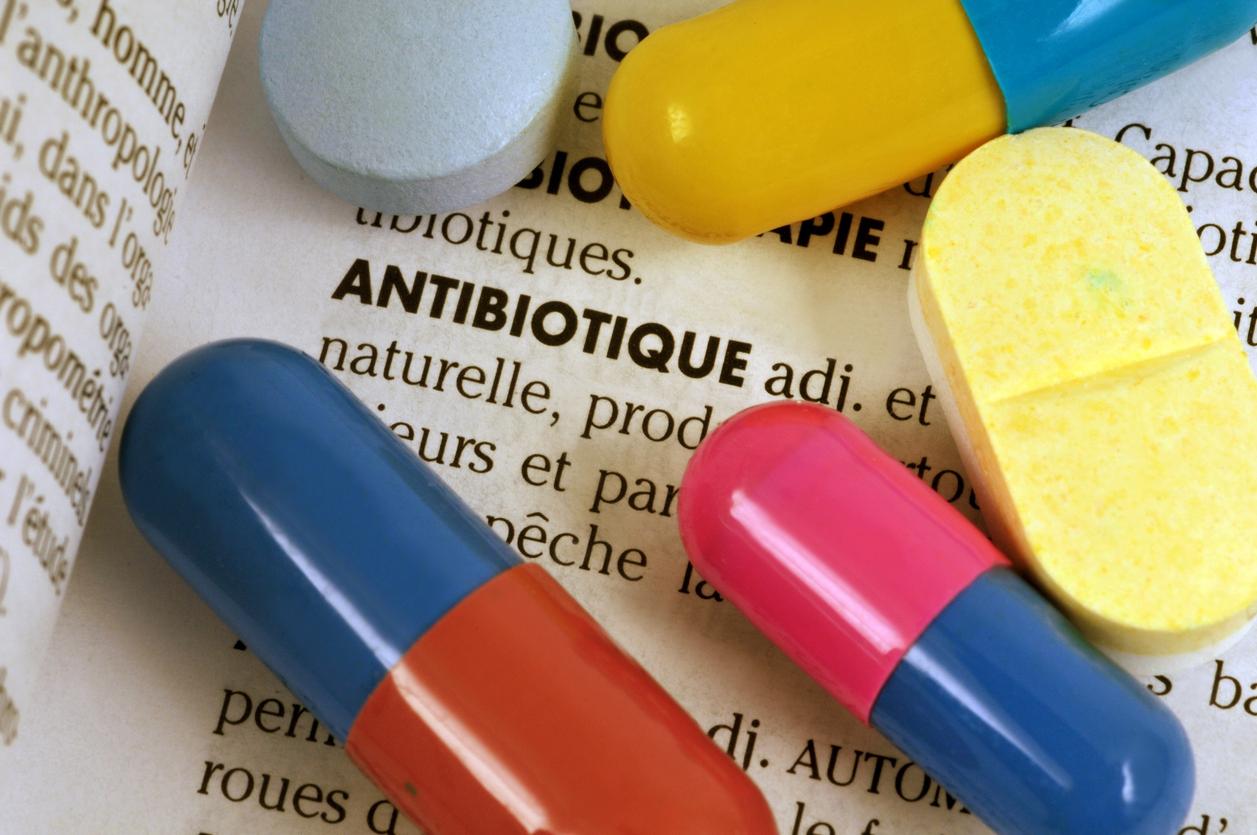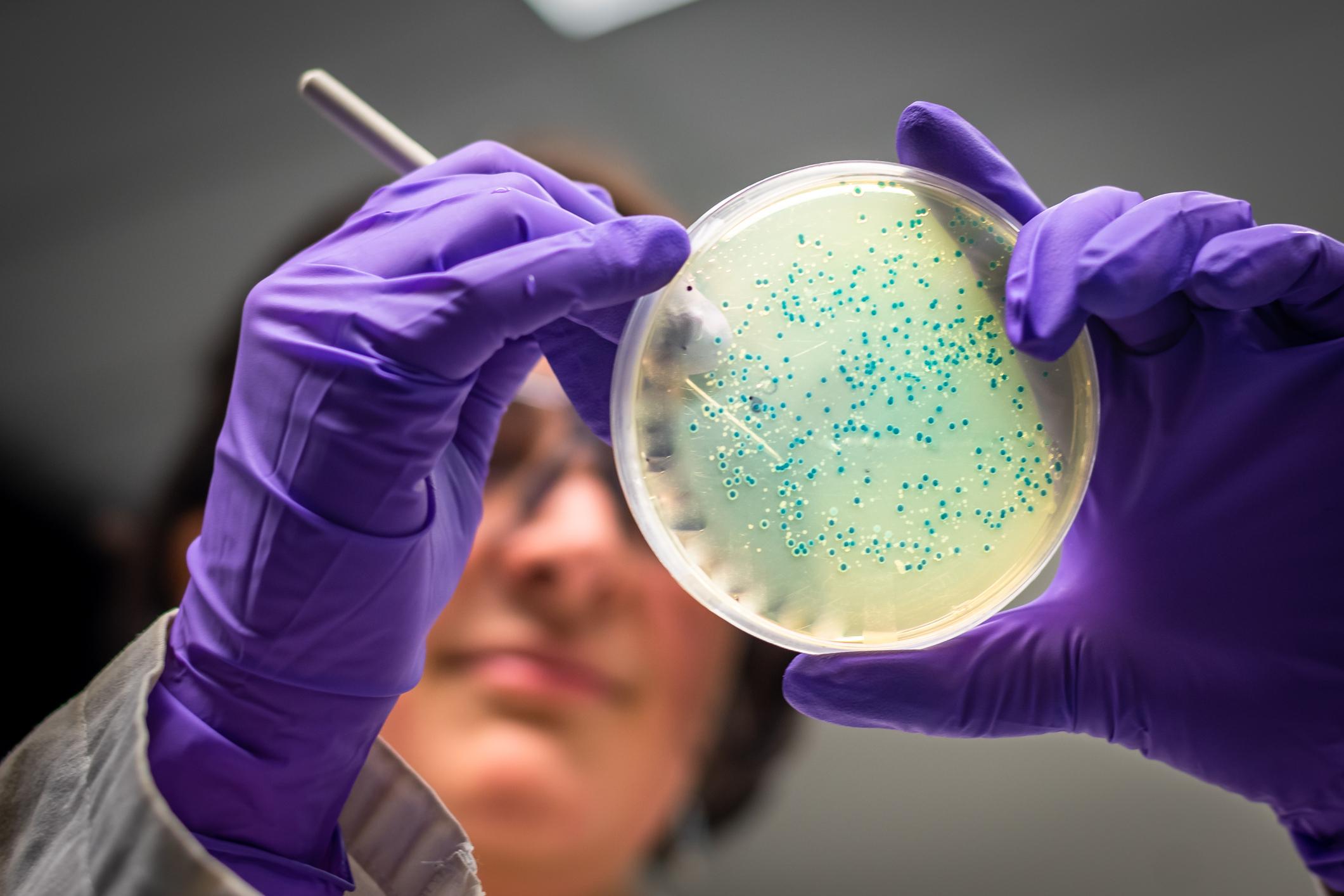World and French health authorities continue to sound the alarm every year on the excessive use of antibiotics and the increased risk of antibiotic resistance. The United States Centers for Disease Control and Prevention (CDC) even considers their resistance to be one of the ” biggest public health problems of our time ».
But it would seem that American doctors have not yet measured the extent of the overuse of these antibiotic drugs. Indeed, a study published in the British Medical Journal January 16 reveals that out of 15.5 million prescriptions in the country, 23.2% were for conditions that did not require antibacterial treatment. Worse still, 28.5% were not associated with a recent diagnosis.
unnecessary prescriptions
To reach these conclusions, scientists from the University of Michigan (USA) analyzed data from more than 19.2 million children and adults aged 0 to 64 years. They then determined for the year 2016 the cases where the orders were “appropriate”, “potentially appropriate” or “inappropriate”. For example, a tonsil infection is almost always treated with antibiotics. A case of asthma alone, on the contrary, never requires it.
In the end, 23.2% of the prescriptions were useless, 36% sometimes necessary and in more than a quarter of the cases (28.5%), the prescriptions lacked a documented diagnosis. According to the researchers, these recommendations were made over the phone, with a longtime patient explaining some symptoms indicative of a bacterial infection.
Antibiotics are not immediately threatening. A high dose rarely kills, and the drugs are not addictive. However, health authorities have been warning for years: over-prescription of antibiotics should be even more deadly than addiction-related epidemics. The more the human body ingests these drugs, the more pathogens become familiar with them and adapt to circumvent them. Hence the development of “superbugs”.
Read also :
- Antibiotics: when should you really take them?
- Antibiotics: not always worth finishing the treatment


















